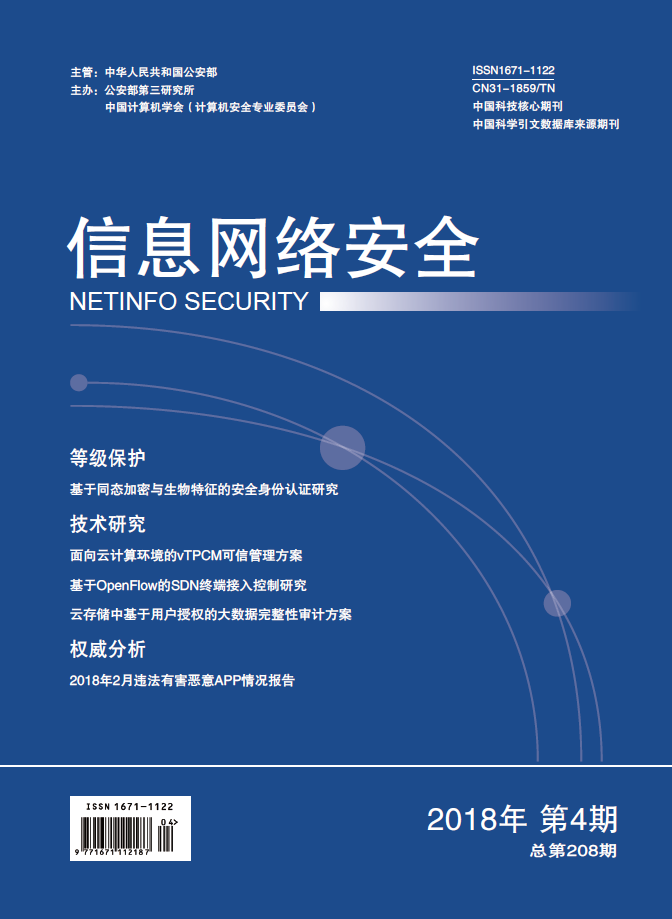As cloud storage has many advantages, such as large storage, scalability and low-cost, more and more users choose to store their big data on the remote cloud storage server. The availability, high reliability and data sharing services of cloud storage not only bring convenience to users, but also lead to many security problems and among them, the research on data integrity has become a hot topic in recent years. Recently, lots of auditing schemes have been proposed, but these schemes can't efficiently realize fine-grained updating operations. To solve the problem, this paper propose a big data integrity audit scheme supporting fine-grained updating operations. Firstly, we design an authenticated data structure supporting fine-grained updating—dynamic index table. In the process of data insertion and deletion, the elements in the dynamic index table don't need to be moved, so that the efficiency of data dynamic updating is improved. Secondly, in order to prevent malicious parties from launching denial-of-service attacks to the cloud storage server, this paper propose a big data integrity audit scheme based on user authorization. That is, only third-party verifiers authorized by users can initiate integrity verification challenges which improve system security. Finally, the simulation experiments show that this auditing scheme is of high efficiency.

